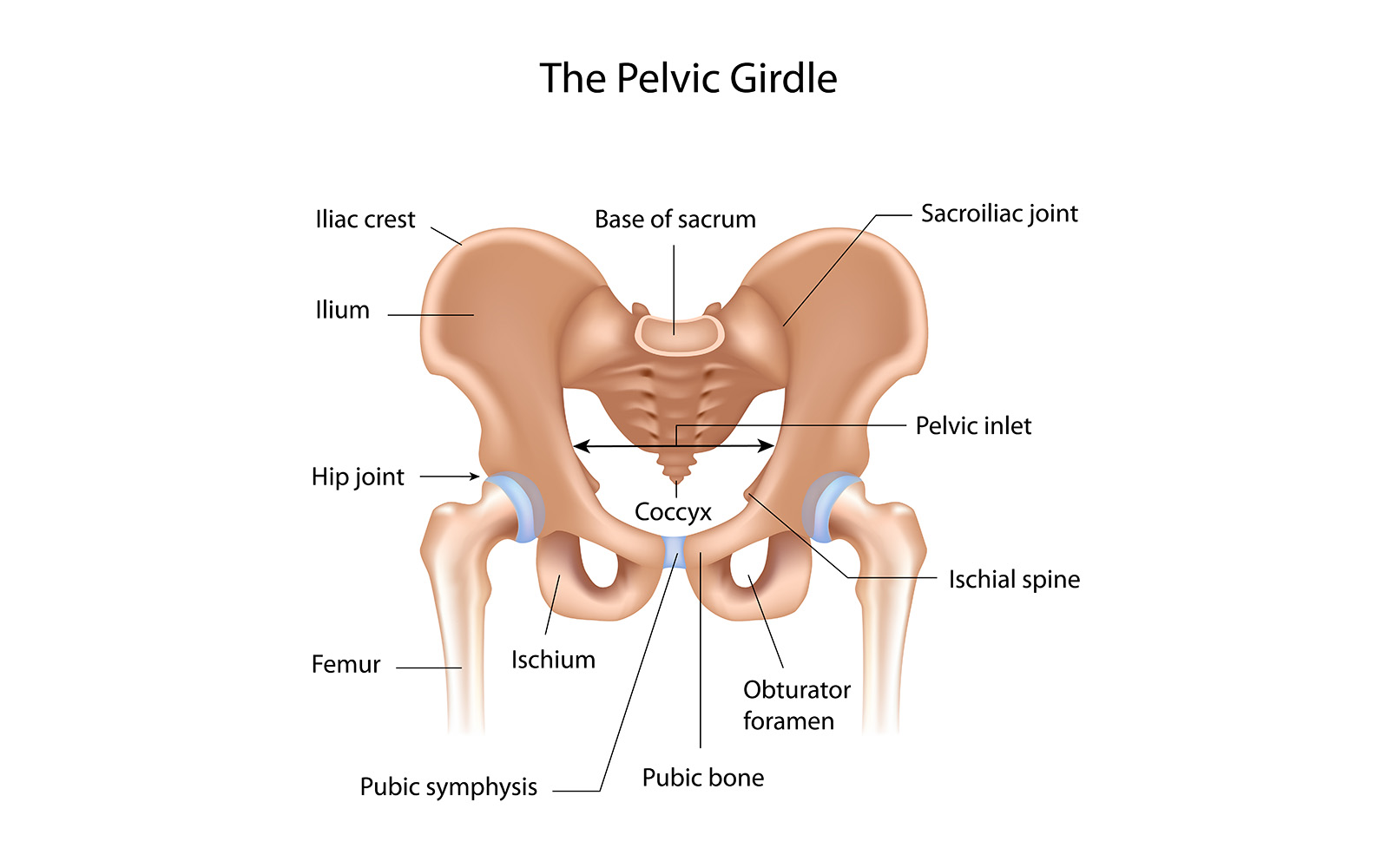- Our Top 7 Tips on how to Stop Osteoporosis - October 26, 2023
- Exactly How Does your Gut Health Affect your Fertility? - July 17, 2023
- A Pain in the Butt? Inflammatory Bowel Disease 101 - July 6, 2023
Pelvic girdle pain occurs around the pelvic area. It can lead to infertility, irregular periods and feeling tired all of the time, all of which are challenges you can do without.
Pelvic girdle pain is mostly associated with joint pain and instability. It also interferes with mobility around the three pelvic joints. With 1 in 300 women suffering from this condition, there’s no doubting that this painful experience is a great concern for women’s health in general. With the flow on effect that it puts kids’ health in jeopardy too. Pelvic girdle pain begins as early as the first trimester or as late as the last few days before giving birth.
If you’re embarking upon your own pregnancy journey, or would like further information about the causes, symptoms, treatments and preventative strategies of PGP during pregnancy, reach out and speak to a member of our experienced and friendly team today!
Causes of pelvic girdle pain
People who have a history of the following are more susceptible to pelvic girdle pain:
- back problems
- pelvic trauma
- hypermotility, and;
- the alteration of the baby’s position in the womb.
Symptoms of pelvic girdle pain
With your body undergoing a number of changes throughout the pregnancy experience it can be a challenge to identify the symptoms behind pelvic girdle pain.
If the following symptoms sound familiar, it may be time to speak to an experienced health professional:
- Severe pain around the pelvic area
- Difficulty in moving around
- Pain in the lower back, around the hips and the opening of the vagina and anus
- Unable to lift the leg or exercise
Effects of pelvic girdle pain
Pelvic girdle pain can make every day life a great challenge.
The effects of untreated PGP may contribute to: bloating, difficulty in losing weight and frequent tiredness.
Furthermore, routine activities like walking and climbing become cumbersome. One is also prone to constipation and unbearable stomach pains which can be a menace. Some people have also experienced depression after working so hard to lose weight and not seeing any results, making the accurate diagnosis and treatment of PGP vital.
Treatment of pelvic girdle pain
Paracetamol is the most common remedy. It is not 100% effective, but it is preferred due to its safety. NSAIDS are also sometimes recommended and orthopaedic surgery can also be done to stabilise joints in extreme circumstances. Despite the severe challenges presented by PGP, only mothers will be in pain, and the baby will not be harmed.
Prevention
Pelvic girdle pain can be prevented in various ways, these include: avoiding heavy lifting, maintaining the right posture, and putting a pillow between your thighs while sleeping. It’s also advisable to eat a healthy diet to improve gut health.
Pelvic girdle pain is a serious condition that should be treated with utmost care. Don’t ignore any pain originating from the pelvis. If in doubt, seek medical advice.


